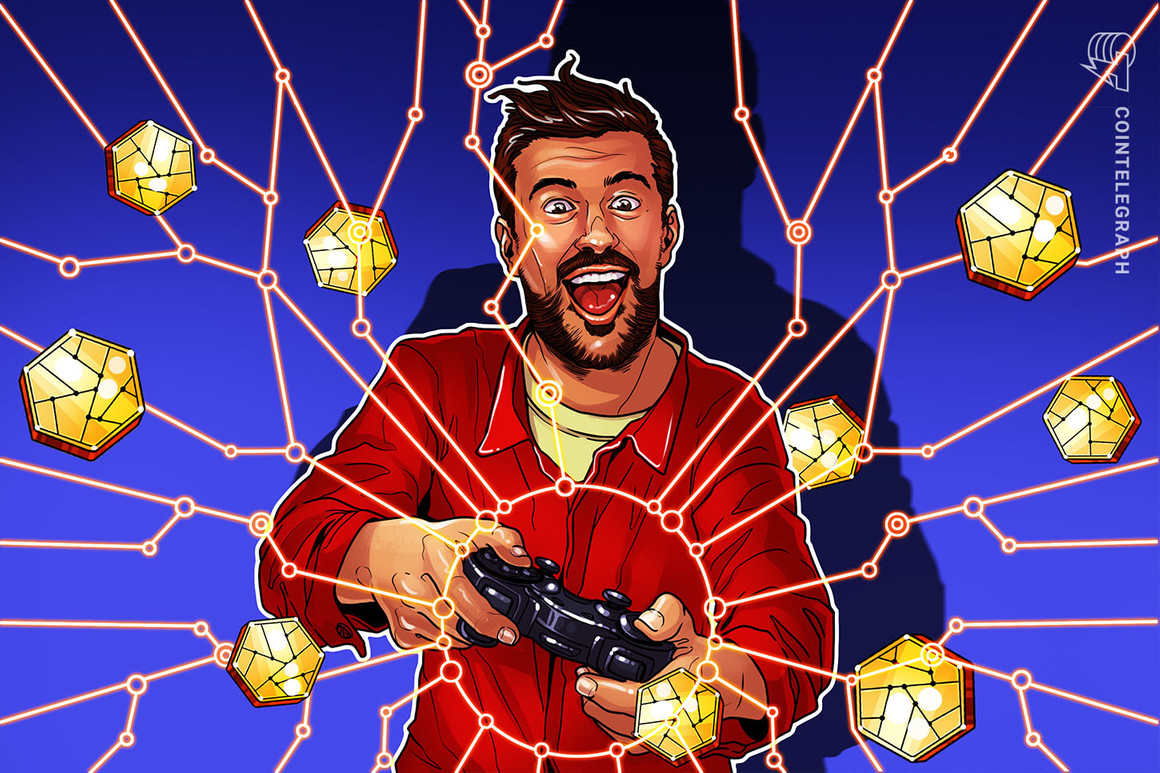Over the past couple of years, games that use blockchain technology have increased their presence in the gaming industry.While there were early exampl
Over the past couple of years, games that use blockchain technology have increased their presence in the gaming industry.
While there were early examples like CryptoKitties — launched in 2017 — the trend has truly gained steam, with major gaming studios even exploring the technology.
At the beginning of 2022, the market capitalization of blockchain games was around $25 billion and it doesn’t seem to be decreasing anytime soon, even in the depths of a bear market. According to the analytical service DappRadar, the two most stable areas this year in the cryptocurrency market are blockchain games and nonfungible tokens (NFT), which have recently become very tightly intertwined, creating a new economic phenomenon.
A striking example here is the well-known game Axie Infinity, the token price of which rose above $150 last fall, providing the project with a capitalization exceeding $9 billion. During the same period, the daily audience of the game was approaching 2 million people.
In December 2021, when Bitcoin (BTC) began to fall from its record highs, the Axie Infinity (AXS) token also began to sink, but the Axie Infinity audience grew to almost 3 million people a day, and the transaction activity in its network increased four times.
There are objective reasons for such dynamics. Firstly, most blockchain games use browsers and the creators use HTML5 and WebGL technologies, which have radically expanded the possibilities for developing browser games. Such games repopulated browsers and, at the same time, provided the ability to connect crypto wallets and withdraw NFTs to external marketplaces without any regulatory restriction.
Secondly, blockchain games have no competition as such, as the traditional PC game industry still refers to the blockchain as an incomprehensible or even “toxic” space. This gives small studios, which are not yet able to create large gaming franchises, a huge head start on development. The ability to quickly launch the in-game economy allows developers to immediately fund the continued development of their game worlds without getting into debt and without inflating working capital.
Finally, blockchain games are mostly about income because in blockchain-based games players can earn money just by playing. For completing tasks and spending time in the game, users receive tokens that can then be invested or converted into real money.
What genre to choose
Just like classic PC games, blockchain games cater to all tastes. They have a number of common features: They work from a browser or a mobile app, have simple controls and have a user-friendly interface that even a beginner can handle.
Blockchain games relate to different genres, while they all have one common feature: They are developed by using smart contracts. That is, they provide an opportunity to receive valuable virtual assets. Therefore, all games, no matter what visual component or story they have, are all play-to-earn (P2E) games. Genres of such games include actions, strategy, online multiplayer arenas, sandboxes and more, but it is possible to define the most popular.
Massive multiplayer online role-playing games (MMORPGs) usually have a dynamic reward system where players get tokens by completing in-game tasks. Tokens are used to upgrade characters in order to gain an advantage over opponents in the form of a fortified arsenal or the development of character abilities. The most popular games in this genre are CryptoBlades, My Crypto Heroes and, of course, Axie Infinity.
If pocket monsters and endless battles seem boring, gamers can pay attention to collectible card games. Such games use the NFT system so that the digital cards look like real collectibles. Players need to strategically outplay their opponents by building decks to counter different tactics, and cards can be bought, sold or traded — just like real cards. Some of the most popular card games are Splinterlands, Gods Unchained and Sorare.
Another interesting genre is “x-to-earn,” that is, to do something to earn income and not necessarily just “play” the game. The concept of “X-to-earn” was first proposed by Ben Schecter, head of operations at RabbitHole — a platform that rewards users for learning about crypto. In this equation, “X” can be any daily activity like eating, exercising, sleeping, shopping or studying. “To earn” is the financial profit received as a result of performing these specific actions.
In blockchain games, the concept of “x-to-earn” was developed primarily in the form of move-to-earn, with the example of the famous STEPN game that rewards users for playing sports or exercising. In the English learning game Let Me Speak, the main way to earn money is to buy NFT avatars and start learning English in the app. Every few minutes, players are instantly rewarded with tokens for their progress.
The most ambitious and large-scale projects are AAA games, or games developed by a major publisher, which require a lot of time, a lot of…
cointelegraph.com
